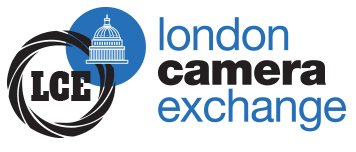
The Generative AI Conundrum:
Unleashing Creativity or Threatening Authenticity?
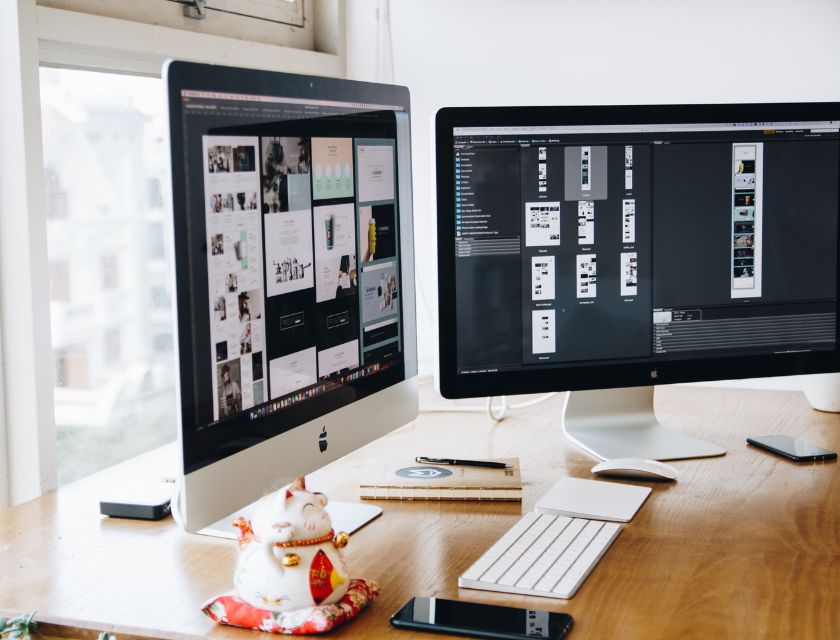
When photographer Boris Eldagsen’s image entitled ‘The Electrician’ won first place in the prestigious photography competition, the World Photography Organisations Sony World Photography Awards, the image caused a stir. In the competitive world of photography competitions, this is not uncommon. What was different this time was that the cause of the debate was not the image itself, but how it had been created. In this case, its creator was a generative artificial intelligence (AI) system called DALL-E 2.
Eldagsen subsequently refused to accept the award and claimed that the purpose of his submission was not to win an award, but highlight potential issues with the current status quo. He likened himself to “a hacker who hacks a system not to exploit it, but to see if there are weaknesses.” By winning the competition he lit the touch paper on a heated debate that extends far further than the bounds of photography.
Amongst our team, we’ve been embroiled in many a debate about AI and what it means for photography too. In a recent poll on our social media platforms, we asked our followers ‘Is AI good or bad for photography?’. The results were surprising. Far from being the overwhelmingly negative topic we thought it was, 42% of respondents actually felt it was good, with 58% coming back saying they felt it was bad. The result was far closer than we had been expecting. Concerns about generative AI and the integrity of an image dominated the comments, but they weren’t all negative.
The Great AI Debate:
Using generative AI to create images has obviously garnered a lot of attention in the press. If you didn’t already know, generative AI refers to algorithms and models that can produce new, original content, including images, paintings, and even music. While some hail this technology as a groundbreaking tool for unleashing creativity, others raise concerns about its potential threat to authenticity and artistic integrity. In this article, we delve into the debate surrounding generative AI and its implications for the world of photography.Generative AI and Photography
The impact of generative AI on the field of photography is both intriguing and controversial. Photography, as an art form, has always relied on the capture of real-world moments, documenting the essence of a particular time and place. Generative AI challenges this notion by enabling the creation of entirely new and realistic-looking images that may never have been captured through a camera lens.
On one hand, generative AI can be seen as a powerful tool for photographers. It can assist in various aspects of the photographic process, such as image enhancement, automated editing, and even generating compositions based on specific criteria or desired visual styles. This can significantly streamline workflows, increase productivity, and provide photographers with new creative possibilities. One just has to look at Adobe’s inclusion of a new generative AI tool in Photoshop to see the vast opportunities AI can bring to the sector.
Pete's Thoughts
To some degree I believe AI has been being used throughout the photographic industry for several years when using features in Photoshop like the Clone and Heal Tools, which are a manual process but use the power of generative manipulation to alter an image.For commercial use, I can see AI being an amazing tool, from adding in text, removing any distractions, and generally tidying up the final image. I have provided two very different examples of using Generative AI in Photoshop, and yes one is a little bit silly, and neither is completely perfect. Still, it does show the level at which AI can analyse and enhance base images with a simple command or prompt.
Hip Hop Dog
Using this well-lit and brightly coloured studio shot of a French Bull Dog, I decided to see how far I could go in adding extra elements to the image. My command prompts are listed below.1. Add a nightclub-style background.
2. Add a cigar with a burning end.
3. Add a pair of sunglasses.
4. Add a design to the jacket.
For each of the above, I have to select the area where I wished Photoshop to generate its elements and when doing so you get the choice of three options. Now some were terrible, but I selected the best and continued to play. As mentioned, this is far from perfect, especially the sunglasses and the posters on the wall, but for a quick edit, I feel it has achieved a very good job.
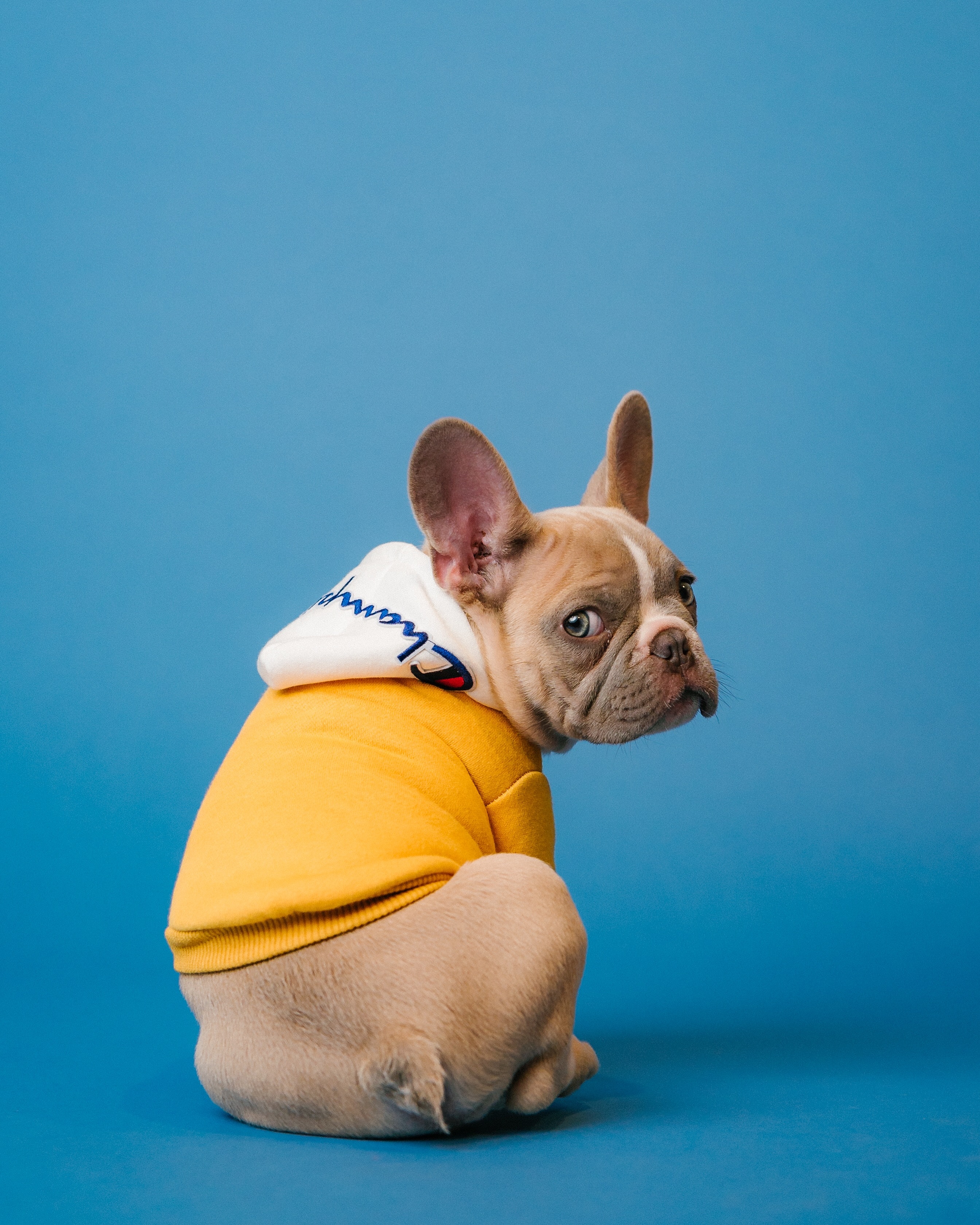
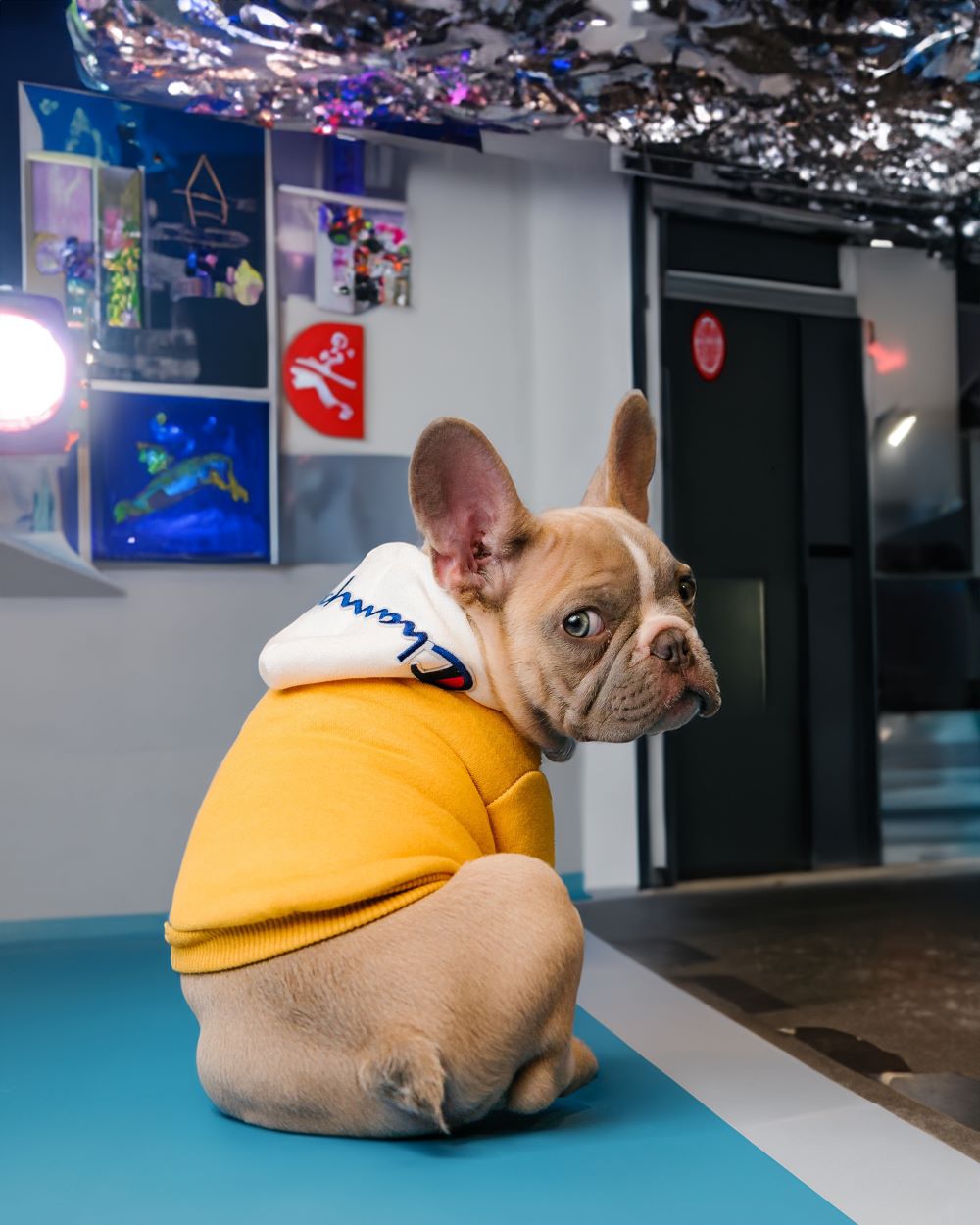
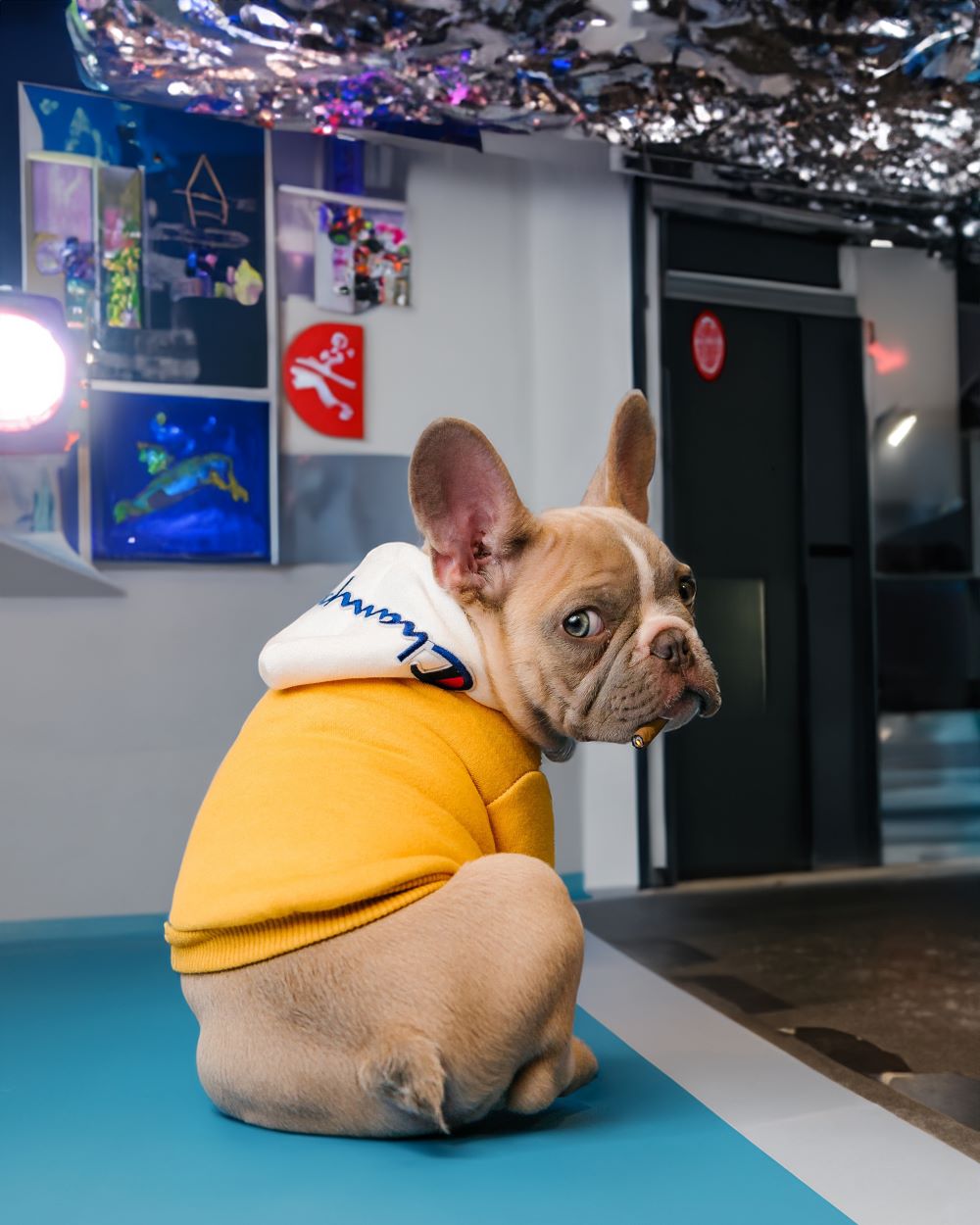
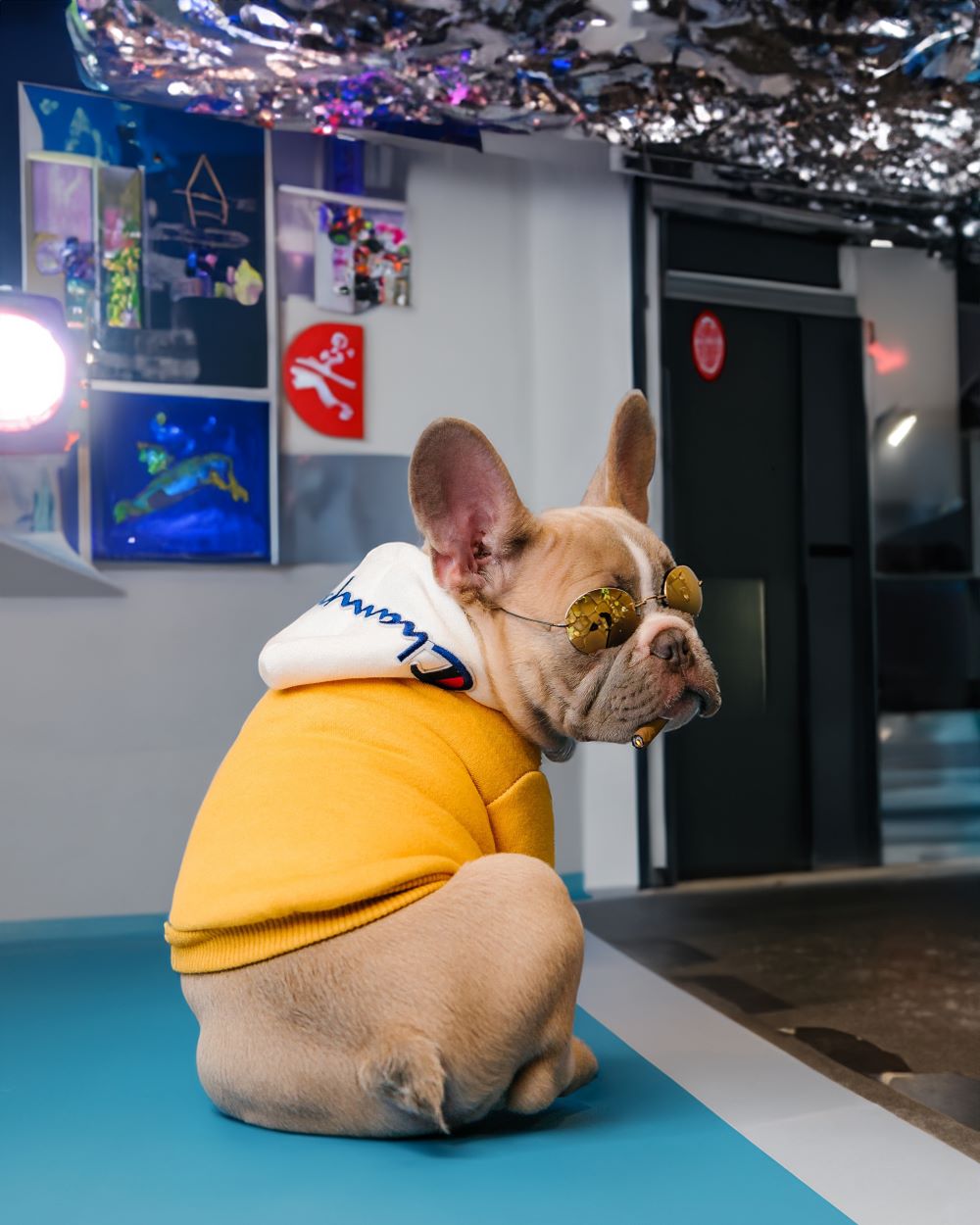
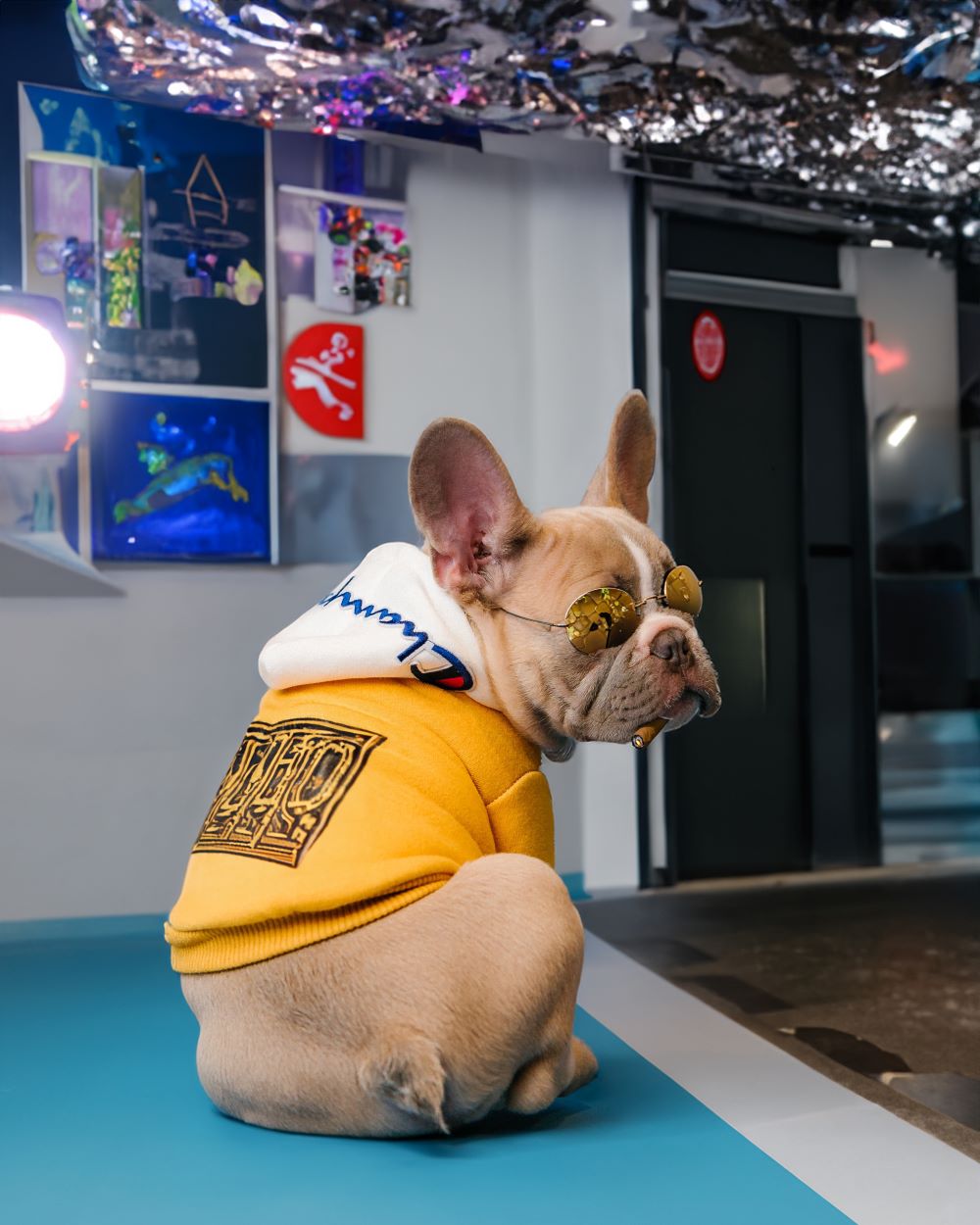


Taj Mahal
This is where I would personally use Generative AI – you’ve gone on holiday to view some wonderful places, or maybe you’re an architect taking cityscape photos but there is never a time when you are either alone in your shot or the city is empty. Previously when travelling to iconic locations I have set my camera up, taken multiple images and then stacked them in post once home, removing anyone who moves throughout my frame to leave me with a clean and empty landscape perfect for any tour company's advert.Earlier this year my sister headed out to India and sent a photo to the family chat on WhatsApp. I am notorious for quickly tweaking horizons, adding a little more vibrance and sending it back ready for the social post, but this time, I thought let’s see what generative AI can do. This was my first attempt of using it so my expectations were pretty low. I selected all the people, apart from my sister, and gave the prompt to ‘remove all people’. After a short wait, approx. 30 seconds, I was presented with three options, two were horrible and the third you can see below. This is by no means perfect, looking closely you can see odd sections where there is a slight error, but to all intensive purposes, it’s done an incredible job with minimal human effort.
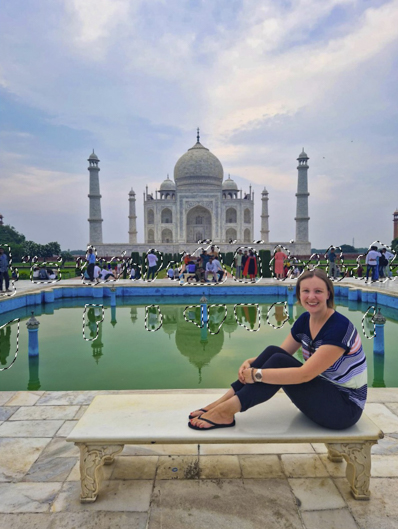
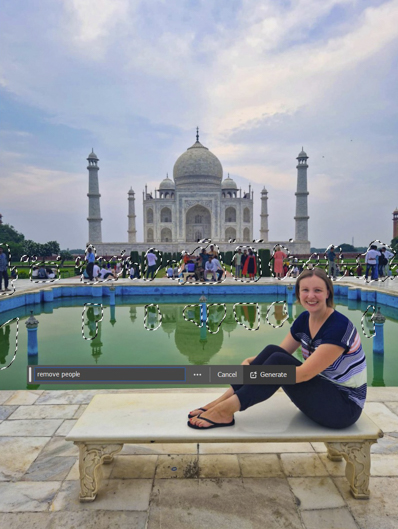
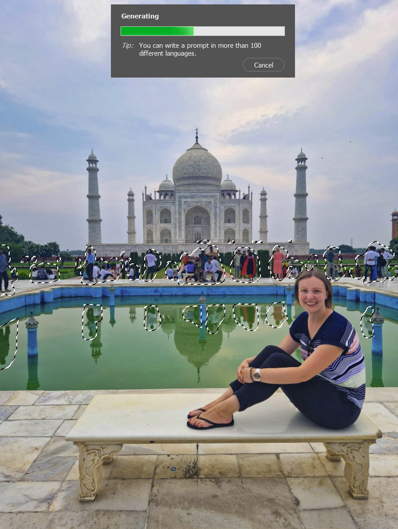
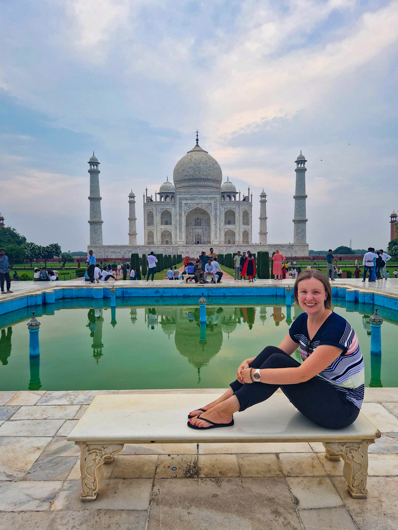
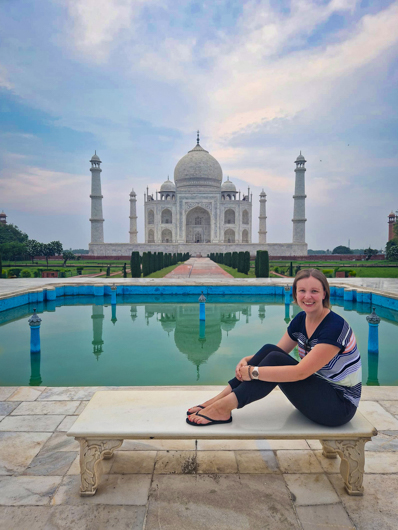
Back to the Blog
The use of generative AI also raises questions about the authenticity and integrity of photography as a medium for capturing reality. Traditional photography has been revered for its ability to freeze a genuine moment in time, preserving its authenticity and emotional impact. Generative AI-generated images, although visually compelling, lack the same level of authenticity and truthfulness.Furthermore, generative AI can blur the line between what is considered a "real" photograph and what is a computer-generated image. In an era where digital manipulation is already a contentious issue, the ability of AI to create highly realistic but entirely fabricated photographs raises ethical concerns. It becomes crucial to establish guidelines and ensure transparency to distinguish between AI-generated images and those that result from traditional photographic processes. In this age where the term “Fake News” is bandied about so freely, there are legitimate concerns about the “Fake Image” further eroding our ability to distinguish what is real and what is not.
One area where generative AI in photography has shown promise is in the realm of image restoration and reconstruction. By analysing large datasets of historical images and learning their visual characteristics, AI algorithms can help restore damaged or deteriorated photographs, reconstruct missing details, and even colourise black-and-white images. This application can significantly contribute to preserving and reviving historical and archival material.
Ultimately, perhaps the key lies in striking a balance between leveraging generative AI's potential in photography while preserving the core values of the medium. In our opinion, the photographer's vision, intention, and creative input remain essential in capturing and conveying a unique perspective of the world. Generative AI can serve as a supportive tool, aiding photographers in achieving their artistic vision, but it should not overshadow or replace the human element inherent in the art of photography.
Going Forwards
The use of generative AI in photography presents a mix of opportunities and challenges. While it offers novel avenues for image enhancement, composition generation, and restoration, concerns about authenticity, truthfulness, and the role of human creativity persist. Navigating this landscape requires a thoughtful approach that embraces generative AI as a complementary tool while preserving the essence of photography as a medium for capturing real-world moments. By establishing clear guidelines and ensuring transparency, photographers can leverage generative AI's potential while maintaining the integrity and authenticity that defines the art of photography.What are your thoughts though?
